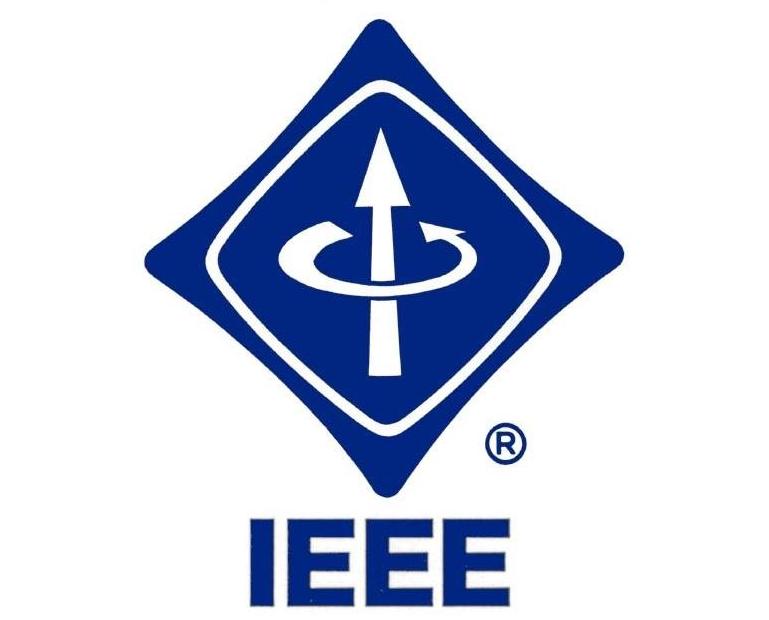Abstract:
A compressive sensing framework is described for hyperspectral imaging. It is based on the widely used linear mixing model, LMM, which represents hyperspectral pixels as convex combinations of small numbers of endmember (material) spectra. The coefficients of the endmembers for each pixel are called proportions. The endmembers and proportions are often the sought-after quantities; the full image is an intermediate representation used to calculate them. Here, a method for estimating proportions and endmembers directly from compressively sensed hyperspectral data based on LMM is shown. Consequently, proportions and endmembers can be calculated directly from compressively sensed data with no need to reconstruct full hyperspectral images. If spectral information is required, endmembers can be reconstructed using compressive sensing reconstruction algorithms. Furthermore, given known endmembers, the proportions of the associated materials can be measured directly using a compressive sensing imaging device. This device would produce a multiband image; the bands would directly represent the material proportions.
Links:
Citation:
A. Zare, P. Gader, and K. S. Gurumoorthy, “Directly measuring material proportions using hyperspectral compressive sensing,” IEEE Geosci. Remote Sens. Lett., vol. 9, iss. 3, pp. 323-327, 2012. @Article{zare2012directly,
Title = {Directly measuring material proportions using hyperspectral compressive sensing},
Author = {Zare, Alina and Gader, Paul and Gurumoorthy, Karthik S.},
Journal = {IEEE Geosci. Remote Sens. Lett.},
Year = {2012},
Month = {May},
Number = {3},
Pages = {323 -327},
Volume = {9},
Doi = {10.1109/LGRS.2011.2167652},
}

